The Masyalla (더마샬라)
654.1M 2021-03-24
14, Myeongdong-gil, Jung-gu, Seoul
+82-2-754-8939
Located near Myeongdong, this Indian restaurant is famous among office workers. This Indian (cuisine) restaurant is located in Jung-gu, Seoul. The representative menu is chicken curry.
TODAi Myeong-dong(토다이 명동)
654.1M 2021-07-15
14 Myeongdong-gil Jung-gu Seoul
+82-2-3783-4200
It features more than 250 menu items including seafood, Korean, Western, Chinese, and Japanese dishes. This Korean dishes restaurant is located in Jung-gu, Seoul. The most famous menu is buffet.
Charles & Keith - NOON SQUARE Branch [Tax Refund Shop] (찰스앤키스 눈스퀘어)
654.8M 2024-04-18
2F, 14, Myeongdong-gil, Jung-gu, Seoul
-
Myeongdong Beer Festival (명동맥주페스티벌)
654.8M 2025-05-20
14, Myeongdong-gil, Jung-gu, Seoul
+82-70-8670-2182
Myeongdong Beer Festival provide a chance to find one's preference through beer. Enjoy the cool fall weather with fun people all around.
Åland - NOON SQUARE Branch [Tax Refund Shop] (에어랜드눈스퀘어점)
654.8M 2024-06-27
14, Myeongdong-gil, Jung-gu, Seoul
-
Hwangudan Altar (환구단)
655.8M 2020-05-07
112, Sogong-ro, Jung-gu, Seoul
+82-2-3396-5842
Hwangudan Altar, also called Hwandan Altar, refers to an altar complex for the rite of heaven. The rites were first performed in the Goryeo dynasty by King Seongjong in the first month of 983 (2nd year of his reign), but was repeatedly adopted and abolished, and eventually stopped at the start of the Joseon dynasty.
Then in 1456 (2nd year of King Sejo), the practice was temporarily standardized and the rites were performed at Hwangudan Altar again in 1457. However, rites were again abolished in 1464 (10th year of King Sejo). It wasn’t until 1897 (34th year of King Gojong) when the Joseon dynasty was renamed as the Korean Empire and King Gojong ascended to emperor, that the rite was revived.
Now, Hwangungu Shrine and three stone drums stand at the location of the former altar complex. The three stone drums symbolize the instruments used for the rites. The shrine was completed in 1899, two years after the altar was started in 1897. Today, the Hwangungu Shrine still stands within the hotel grounds of the Westin Chosun Hotel.
Sarangchae (사랑채)
655.0M 2016-12-30
6, Insadong 16-gil, Jongno-gu, Seoul
+82-2-737-1155
Sarangchae is located in Insa-dong, one of the most famous neighborhoods visited by tourists. Majority of the restaurant's customers are foreigners, and they offer reasonably priced Korean dishes that are highly popular among foreign visitors.
Insadong Sagwanamu (인사동사과나무)
655.5M 2021-03-29
24-1, Insadong 14-gil, Jongno-gu, Seoul
+82-2-722-5051
This is where you can dine on the outdoor terrace. This restaurant's signature menu is steak. This Western dishes restaurant is located in Jongno-gu, Seoul.
Chamchi Maeul (참치마을)
656.2M 2021-03-22
31, Donhwamun-ro, Jongno-gu, Seoul
+82-2-742-1671
This is a restaurant where you can enjoy several parts of tuna. This Japanese (cuisine) restaurant is located in Jongno-gu, Seoul. The most famous menu is sliced raw tuna.
Myeongdong Haemultang Eomeonijip (명동해물탕어머니집)
658.2M 2021-03-26
11-6, Myeongdong 8-gil, Jung-gu, Seoul
+82-2-776-3896
This restaurant specializes in seafood soup based on 40 years’ tradition. This restaurant's signature menu is spicy seafood stew. This Korean dishes restaurant is located in Jung-gu, Seoul.
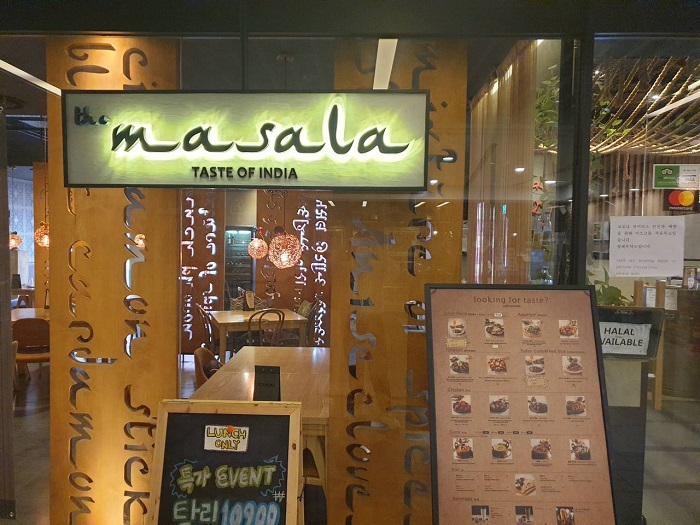
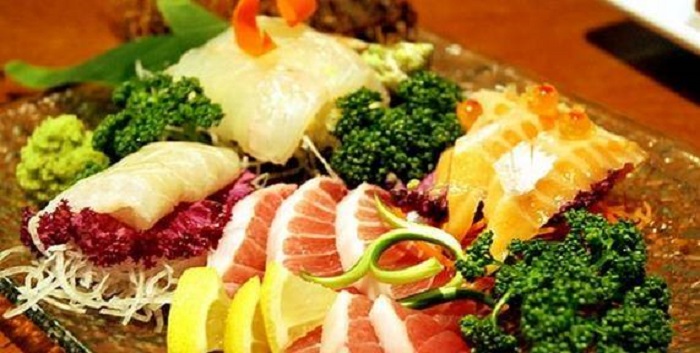
![Charles & Keith - NOON SQUARE Branch [Tax Refund Shop] (찰스앤키스 눈스퀘어)](http://tong.visitkorea.or.kr/cms/resource/15/2888615_image2_1.jpg)
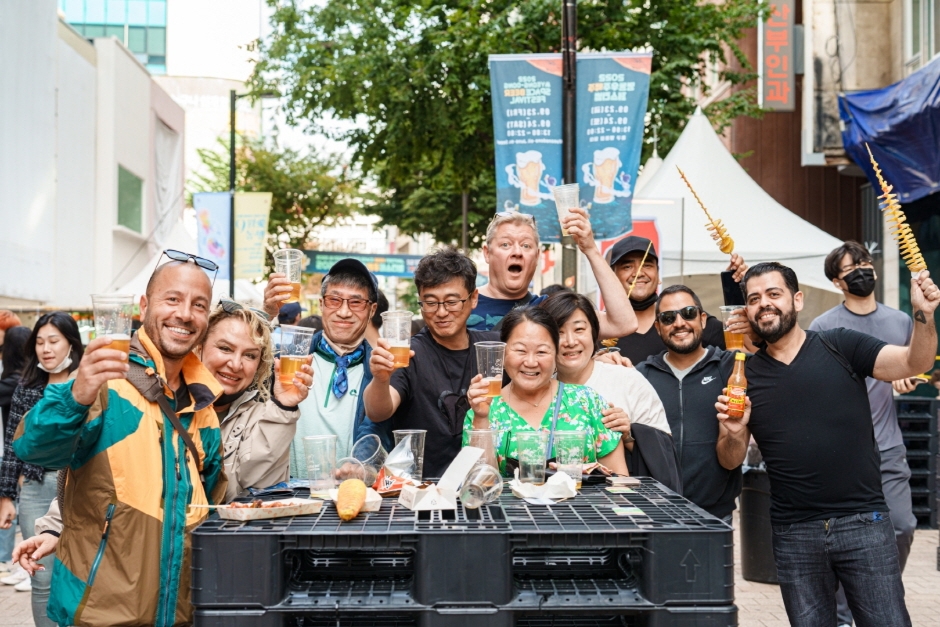
![Åland - NOON SQUARE Branch [Tax Refund Shop] (에어랜드눈스퀘어점)](http://tong.visitkorea.or.kr/cms/resource/60/2887760_image2_1.jpg)
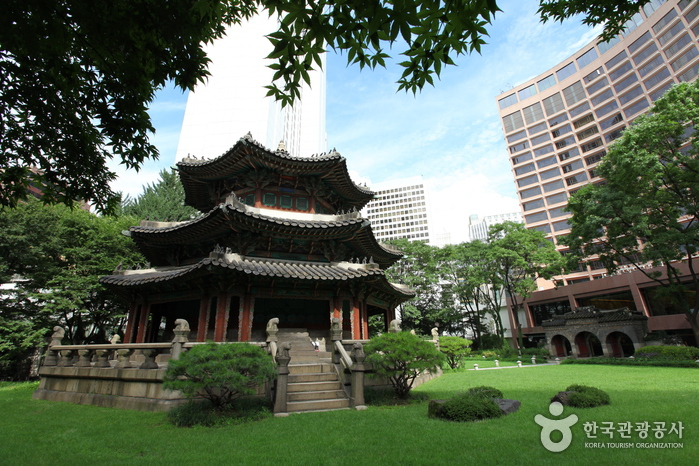

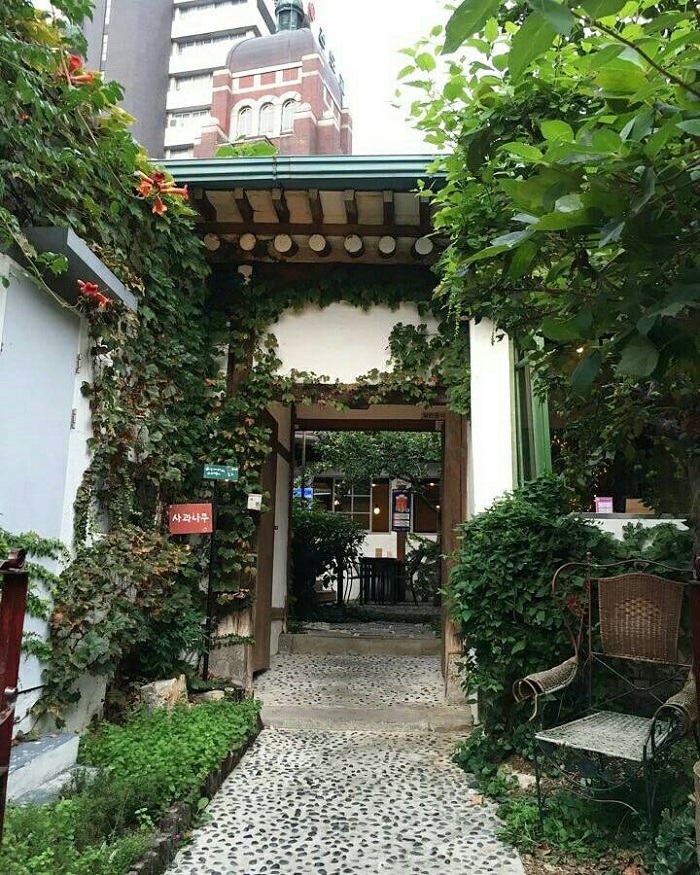
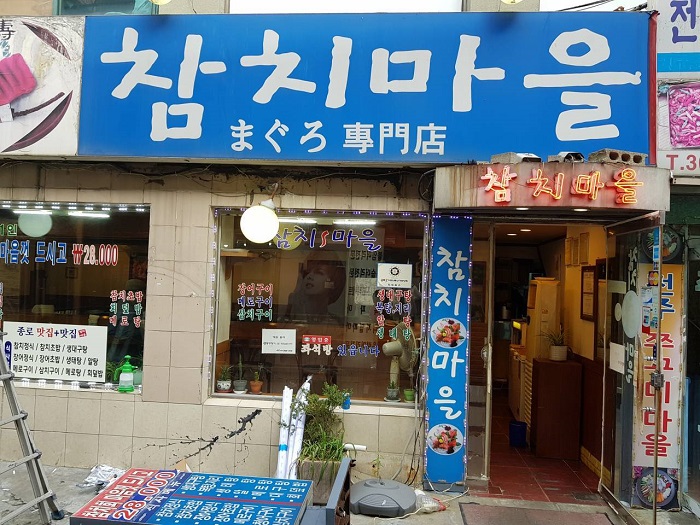
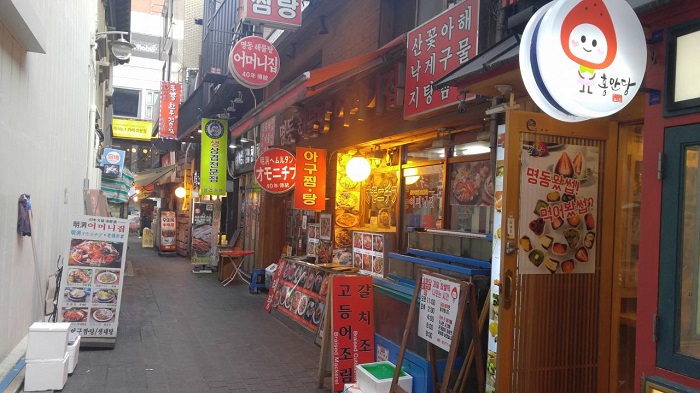
 English
English
 한국어
한국어 日本語
日本語 中文(简体)
中文(简体) Deutsch
Deutsch Français
Français Español
Español Русский
Русский